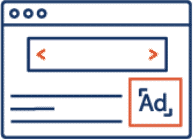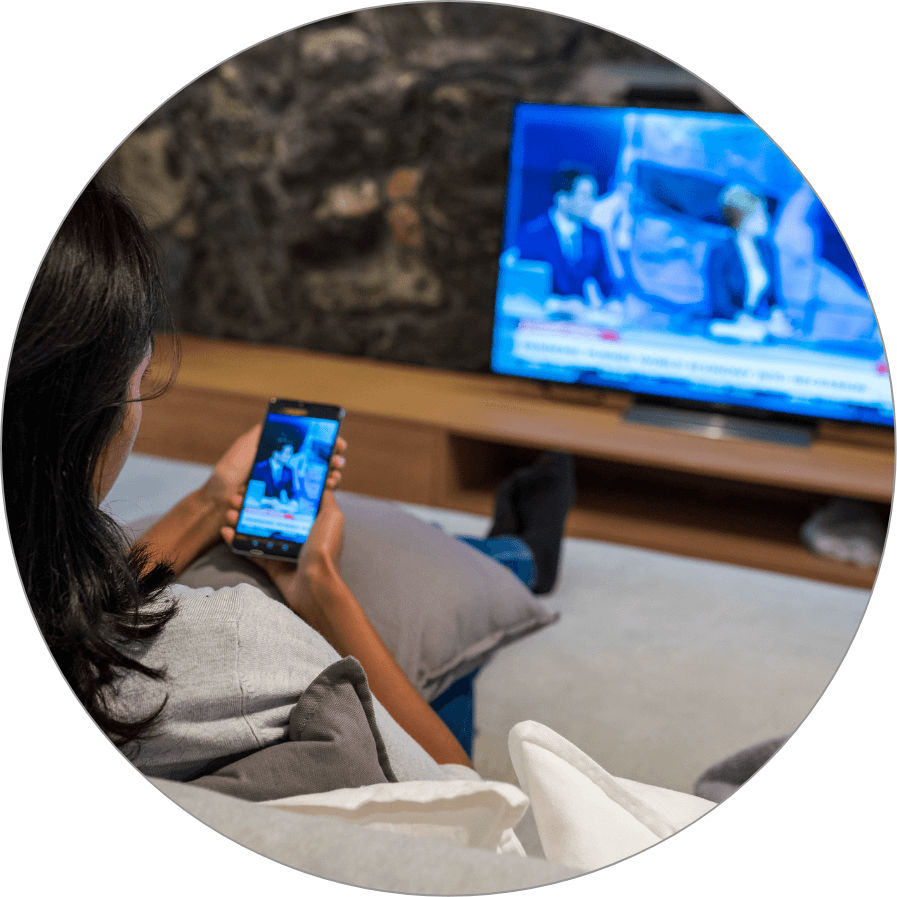Cross-channel & integrated creative testing
The creative that works on one channel won’t necessarily fit another. Our consistent cross-channel creative testing approach tests how well your different creative elements work together to shape brand perceptions, identify which are contributing most and highlight opportunities to strengthen the ads and optimize the mix.
Conduct a creative test with the exact audience as defined in your media plan by passing an audience seamlessly to Dynata or by leveraging its data partnerships.
Speak with an expert









